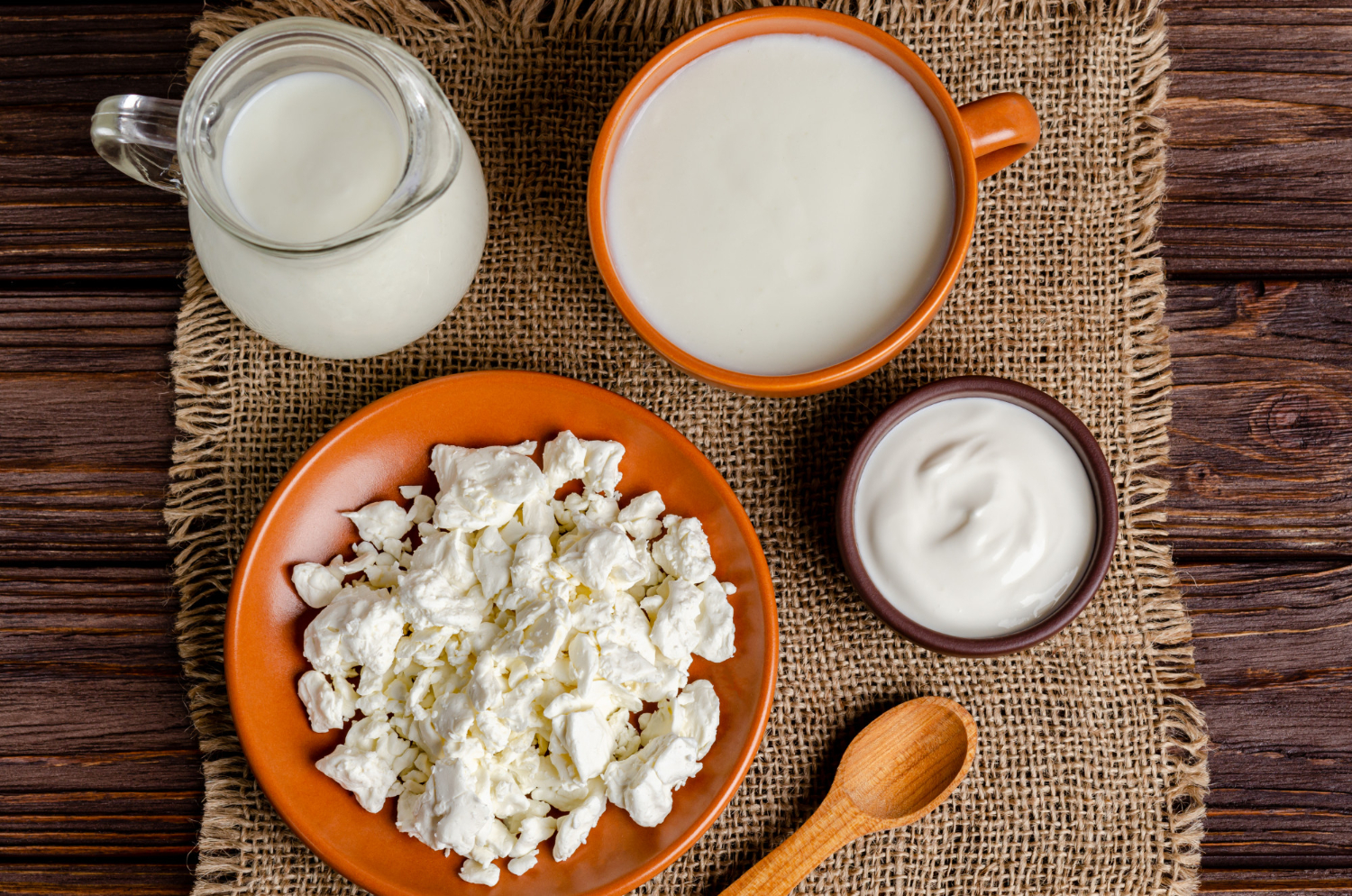Cream vs. Milk: Can Cream Be Used in a Latte Recipe?
Lattes have become a beloved staple in coffee culture, famed for their creamy texture and rich flavour. As enthusiasts seek the perfect cup, understanding the differences between milk and cream is crucial for attaining that ideal latte experience.
The burning question remains: can cream really enhance your latte? In this article, we’ll delve into the essential distinctions, the science behind frothing, and ultimately help you decide whether to choose milk or cream for your next latte.
Understanding the Basics of Milk and Cream
What is Milk?
Milk is a versatile ingredient that varies significantly in type and nutritional profile. The most common kinds include:
- Whole Milk: Creamy and rich with about 3.25% fat content, ideal for lattes.
- Skim Milk: Fat-free version offering fewer calories but less creaminess.
- Plant-Based Milks: Options like almond, soy, and oat provide unique flavours and textures, catering to dietary restrictions and preferences.
Nutritionally, milk provides essential calcium, vitamin D, and protein, contributing to a balanced diet.
What is Cream?
Cream, by contrast, is the fat-rich layer that rises to the top of milk. There are various types, including:
- Heavy Cream: Contains 36% fat or more, making it the richest option for lattes.
- Half-and-Half: A blend of milk and cream, with about 10-18% fat content, offering a lighter alternative.
Cream is high in calories but can elevate the flavour profile of coffee, lending richness to every sip.
Cream vs. Milk: Key Differences
Texture and Consistency
When crafting a latte, the choice between milk and cream dramatically influences its texture. Milk, particularly whole milk, creates a velvety foam that adds lightness and airiness. Conversely, cream produces a denser, richer layer, resulting in a luxurious mouthfeel that coats the palate.
Flavor Profiles
Milk brings a mild sweetness and subtle creaminess, allowing the espresso flavour to shine through. Cream, however, offers a bolder, richer taste that can enhance the overall sensory experience, but may potentially overshadow the espresso’s notes if used excessively.
Health Considerations
When considering caloric content, cream is obviously higher than milk. Here’s a quick comparison:
- Whole Milk: Approximately 150 calories per cup.
- Heavy Cream: About 800 calories per cup.
Moreover, it’s important to consider health factors like dietary restrictions. Individuals with lactose intolerance may benefit from alternative milks or whipped cream, which can sometimes be easier to digest.
The Science of Frothing Milk and Cream
How to Froth Milk for a Latte
Frothing milk is an art that involves introducing air into the liquid, creating a light, airy foam. Here’s how to achieve it:
- Select Your Milk: Whole milk froths well, creating stable microfoam.
- Temperature Matters: Heat the milk to about 150°F (65°C) for optimal frothing without scalding.
- Frothing Technique: Use a steam wand or frother; keep the wand near the surface to incorporate air, then dip it deeper to heat.
Can Cream Be Frothed?
Yes, cream can be frothed, but it behaves differently than milk. Due to its high-fat content, it whips up thicker and creates a denser foam, offering a unique experience. However, achieving the right froth can be tricky; too much can result in a buttery texture.
Making a Latte: Milk or Cream?
Traditional Latte Recipe Using Milk
Ingredients:
- 1 shot of espresso
- 6-8 ounces of steamed milk
- Microfoam for topping
Instructions:
- Brew the espresso and pour it into a cup.
- Steam the milk, creating microfoam.
- Pour the steamed milk slowly, allowing the foam to rise and form a beautiful latte art.
Alternative Latte Recipe Using Cream
Ingredients:
- 1 shot of espresso
- 4 ounces of steamed half-and-half or heavy cream
- Optional flavour syrups (vanilla, caramel, etc.)
Instructions:
- Brew your espresso and add it to your cup.
- Steam the cream until slightly thicker than milk.
- Carefully layer the cream over the espresso and add optional flavours as desired.
Comparison of Taste and Texture
Milk-based lattes offer a lighter, balanced profile, while cream-based lattes deliver a richer, more indulgent experience. The choice depends on your preference for richness or a lighter texture.
Pros and Cons of Using Cream in Lattes
Advantages of Choosing Cream
- Richer Flavour: Cream imparts a full-bodied taste that can elevate your latte.
- Creamy Texture Enhancement: A cream-based latte provides a luxurious drink experience.
Disadvantages of Choosing Cream
- Higher Calorie Content: Cream significantly increases caloric intake.
- Possible Overpowering of Espresso Flavour: If not balanced well, cream can mask the natural espresso notes.
Popular Cream and Milk Alternatives for Lattes
Plant-Based Options
For those seeking non-dairy alternatives, an array of plant-based milks can cater to various tastes and health needs. Options include:
- Almond Milk: Light and nutty; foams well but may be less stable.
- Soy Milk: Rich and creamy; resembles whole milk when frothed.
- Oat Milk: Naturally sweet and thick, offering excellent foam stability.
Flavor Enhancements
Enhancing your latte with syrups, spices, or extracts can add layers of flavour whether using milk or cream. Popular options include vanilla syrup, cinnamon, or even a hint of nutmeg.
Conclusion
In the debate of cream versus milk for lattes, both have their merits. Milk provides a lighter option that accentuates espresso flavours, while cream creates a decadent, rich experience. Experimenting with both can be a delightful journey, allowing you to discover your personal preference.
So, which will it be: the traditional smoothness of milk or the indulgent richness of cream? Perhaps the best approach is to try both and see what suits your taste buds! Enjoy the process, and don’t forget to share your favourite latte recipes or experiences in the comments below. Happy brewing!






